This is the story of James Sligo Jameson (pictured below) who was a Scottish naturalist well known for being the first person to identify several species in birds found within the African continent. Though he is less known for his adventures in birding and more known for the time that he purchased a young slave in the African Congo so he could see her eaten by a tribe he came in contact with.
BACKSTORY
Cannibalism in Central Africa, particularly in the Congo region, was heavily reported on European explorers and missionaries long before the Jameson Affair. It was said that the flesh of young children was particularly enjoyed. During this time in the Congo, and slaves were often from members of other tribes who were not born into captivity but stolen and forced into slavery through raids. Children were seen as useless so made into some use by being eaten. Particularly well off chiefs of Congo tribes were also said to raise children just like animals for the sole purpose of being eaten. Doing this probably wasn't just for food but also a way for tribes to dominate their slaves and to flaunt wealth in some cases. Accounts of this happening were often sensationalized and exaggerated by explorers and missionaries which made many later explorers become interested in witnessing first hand these acts.
The white man of course also took advantage of this, slaves were given in exchange for ivory that was exported to Europe with knowledge that the slaves would be eaten. (Pictured below, whites taking advantage of African slaves in Africa) Slaves would also be rented from slavers for cheap as they would be eaten upon return.
The Jameson Affair
The Emin Pasha Relief Expedition took place aithin the Congo free state which though owned and exploited by the Beglians still had many Africans living outside of plantations and such. The expedition was led by Henry Morton Stanley to rescue Emin Pasha, the governor of Equatoria (a province of Ottoman-Egyptian Sudan), who was threatened by Mahdist forces. Deapite the stated mission it is likely that the expedition was carried out to further Survey and Expand Belgian colonization into Congolese lands. James Jameson joined expedition as he was interested in the continent of Africa and intended to catalogue and record what he saw there.
James Jameson was reportedly very interested in the practice of African cannibalism. During the expedition he travelled in some part with an infamous African slaver known as Tippu Tip. When stopped in a town known as Riba Riba With Tippu Tip (Modern day Lokandu In the D.R. Congo) he witnessed a traditional African dance celebration. Tippu Tip then told him that such festivities usually ended with a large cannibalistic banquet and that he has seen many happen in the Congo himself. James Jameson then sought information from local tribe leaders on whether or not what he had heard of African cannibalism was true. From the tribe leaders he learned that the practice was in fact common in the area and they along with Tippu Tip's men urged him to purchase a young slave and to give them over to one of the neighboring tribal villages if he actually wished to see for himself.
Following this advice James Jameson used six European made handkerchiefs and purchased a female slave from within the village whom he assessed to be around ten years old. (Pictured below, a drawing of a slave that James Jameson made himself.)
With some other members of his expedition party James Jameson further followed what the tribal leaders of Riba Riba and Tippu Tip told him to do. He approached a nearby village of native huts that was pointed out to him. As the locals came to greet him he supposedly had his translator who could converse with the native Congolese tell them:
"This is a present from the white man. He wants to see how you eat her"
James Jameson then watched as the native Congolese tied up the slave, slaughtered her, and butchered her into pieces to be prepared and eaten. He recorded the whole process even sketching what he saw. What he drew in my opinion is way too sensitive to be posted here but he draws the native Congolese like minstrel show characters with thick lips to give you an idea of how he views these people. His recount of the act is as follows:
I sent my boy for six handkerchiefs, thinking it was all a joke ..., but presently a man appeared, leading a young girl of about ten years old at the hand, and I then witnessed the most horribly sickening sight I am ever likely to see in my life. He plunged a knife quickly into her breast twice, and she fell on her face, turning over on her side. Three men then ran forward, and began to cut up the body of the girl; finally her head was cut off, and not a particle remained, each man taking his piece away down to the river to wash it. The most extraordinary thing was that the girl never uttered a sound, nor struggled, until she fell. Until the last moment, I could not believe that they were in earnest ... that it was anything save a ruse to get money out of me ...
After this event the expedition carried on and James Jameson identified several species of African birds some of which where then named after him.
Aftermath and controversy
The occurence of the Jameson affair did not escape the knowledge of those who partook in the expedition until after James Jameson's deathen when around 1888 Assad Farran who was James Jameson's interpreter for the native Congolese issued a sworn statement recalling his account of the purchase and subsequent killing and cannibalism. The account gained widespread popularity being published in News papers across England and America, with several other members of the expedition soon concurring with the statement though some of them contradictory. All agreed upon the fact that the incident began in the house of the tribal leaders at Riba Riba, that Tippu Tip was present and told James Jameson to do it, the age of the girl, and the price he paid for her. Accounts including James Jameson's differ on whether or not he had full knowledge of what was to happen, and all retellings of the story including James Jameson's are considered to having an unreliable narrator.
The distraught widow of James Jameson soon issued a statement herself, trying to uphold James Jameson's legacy with an apparent statement on the event issued by James Jameson on his deathbed.
According to this account James Jameson supposedly did not believe that cannibalism occured in the Congo at all and thought Tippu Tip was simply joking with him about it. He apparently also thought that Tippu Tips associates telling him to pay for a slave in cloth was also a joke, and he continued to believe it was all a farce up until the moment he handed over the girl and saw her killed and eaten.
Also don't know how else to bring it up but James Jameson was an heir to the Jameson Whiskey fortune and used some that money to fund his naturalist endeavors and this expedition in particular lol.


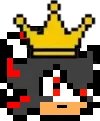
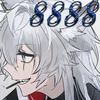

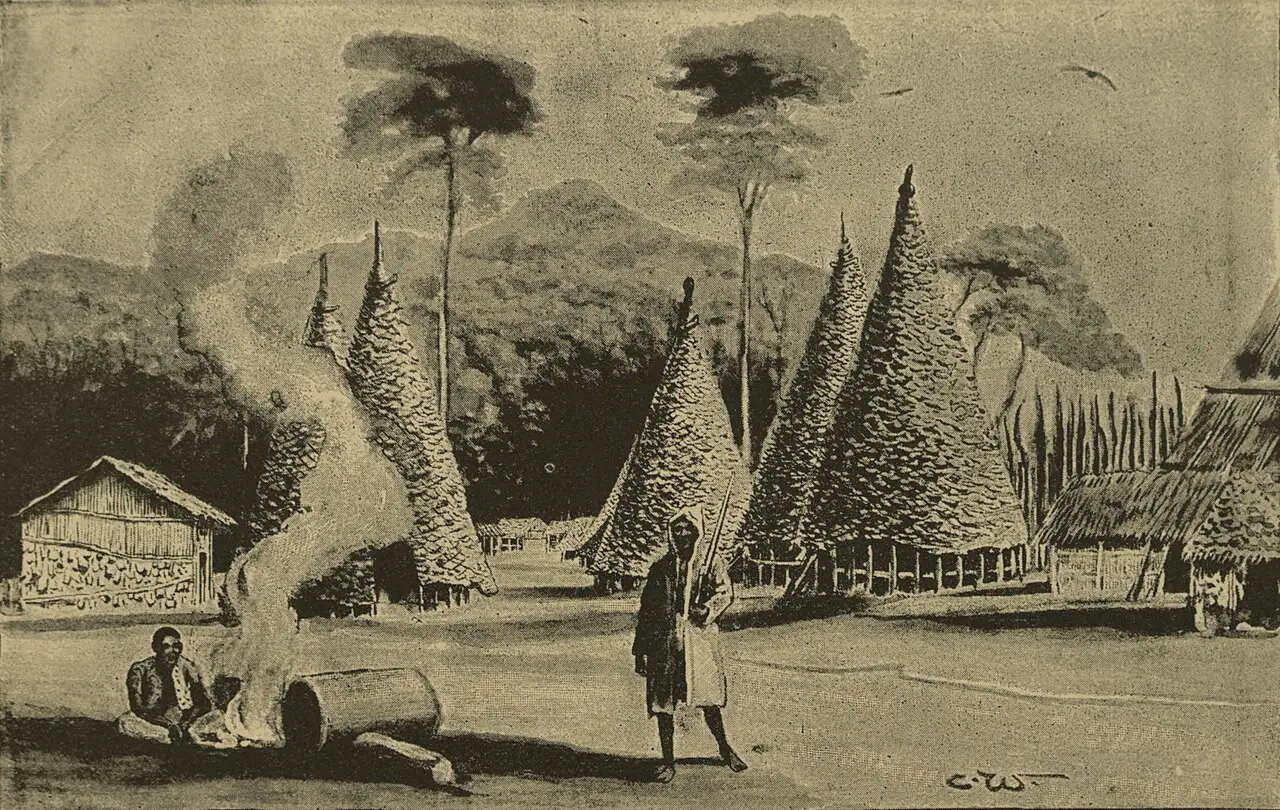






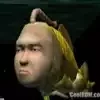
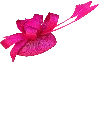
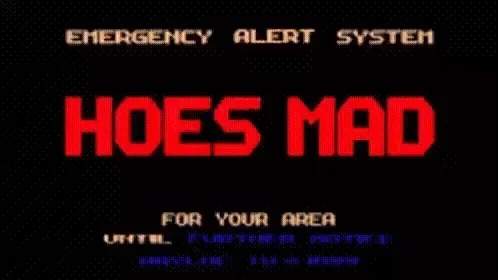
Jump in the discussion.
No email address required.
!jannies effortpost and pin
Jump in the discussion.
No email address required.
Jump in the discussion.
No email address required.
Jump in the discussion.
No email address required.
You seem a little obsessed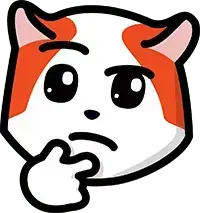
Jump in the discussion.
No email address required.
More options
Context
More options
Context
More options
Context
More options
Context